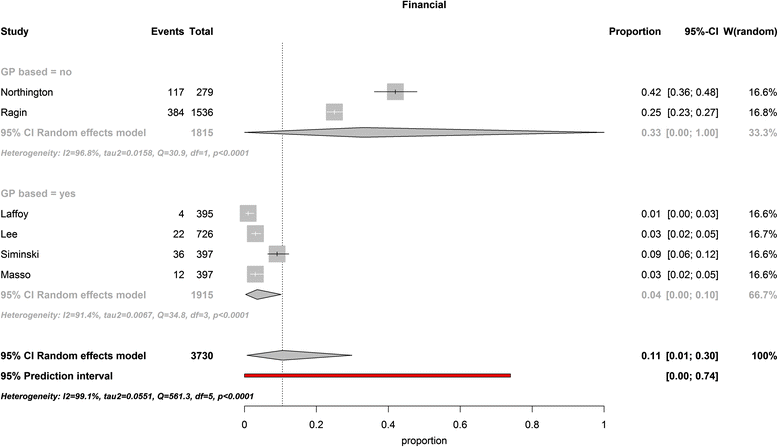Motives for self-referral to the emergency department: a systematic review of the literature
- PMID: 27938366
- PMCID: PMC5148909
- DOI: 10.1186/s12913-016-1935-z
Motives for self-referral to the emergency department: a systematic review of the literature
Abstract
Background: In several western countries patients' use of Emergency Departments (EDs) is increasing. A substantial number of patients is self-referred, but does not need emergency care. In order to have more influence on unnecessary self-referral, it is essential to know why patients visit the ED without referral. The goal of this systematic review therefore is to explore what motivates self-referred patients in those countries to visit the ED.
Methods: Recommendations from the PRISMA were used to search and analyze the literature. The following databases; PUBMED, MEDLINE, EMBASE, CINAHL and Cochrane Library, were systematically searched from inception up to the first of February 2015. The reference lists of the included articles were screened for additional relevant articles. All studies that reported on the motives of self-referred patients to visit an ED were selected. The reasons for self-referral were categorized into seven main themes: health concerns, expected investigations; convenience of the ED; lesser accessibility of primary care; no confidence in general practitioner/primary care; advice from others and financial considerations. A random-effects meta-analysis was performed.
Results: Thirty publications were identified from the literature studied. The most reported themes for self-referral were 'health concerns' and 'expected investigations': 36% (95% Confidence Interval 23-50%) and 35% (95% CI 20-51%) respectively. Financial considerations most often played a role in the United States with a reported percentage of 33% versus 4% in other countries (p < 0.001).
Conclusions: Worldwide, the most important reasons to self-refer to an ED are health concerns and expected investigations. Financial considerations mainly play a role in the United States.
Keywords: Emergency department; Self-referred patients; Systematic review.
Figures


References
-
- Health and Social Care Information Centre. Hospital Episode Statistics - Accident and Emergency Attendances in England – 2014–15. 2016. https://www.gov.uk/government/statistics/accident-and-emergency-attendan.... Accessed 10 July 2016.
-
- Jaarsma-van Leeuwen I, Hammacher ER, Hirsch R, Janssens M. Patients without referral treated in the emergency room: patient characteristics and motives. Ned Tijdschr Geneeskd. 2000;144:428–431. - PubMed
Publication types
MeSH terms
LinkOut - more resources
Full Text Sources
Other Literature Sources

